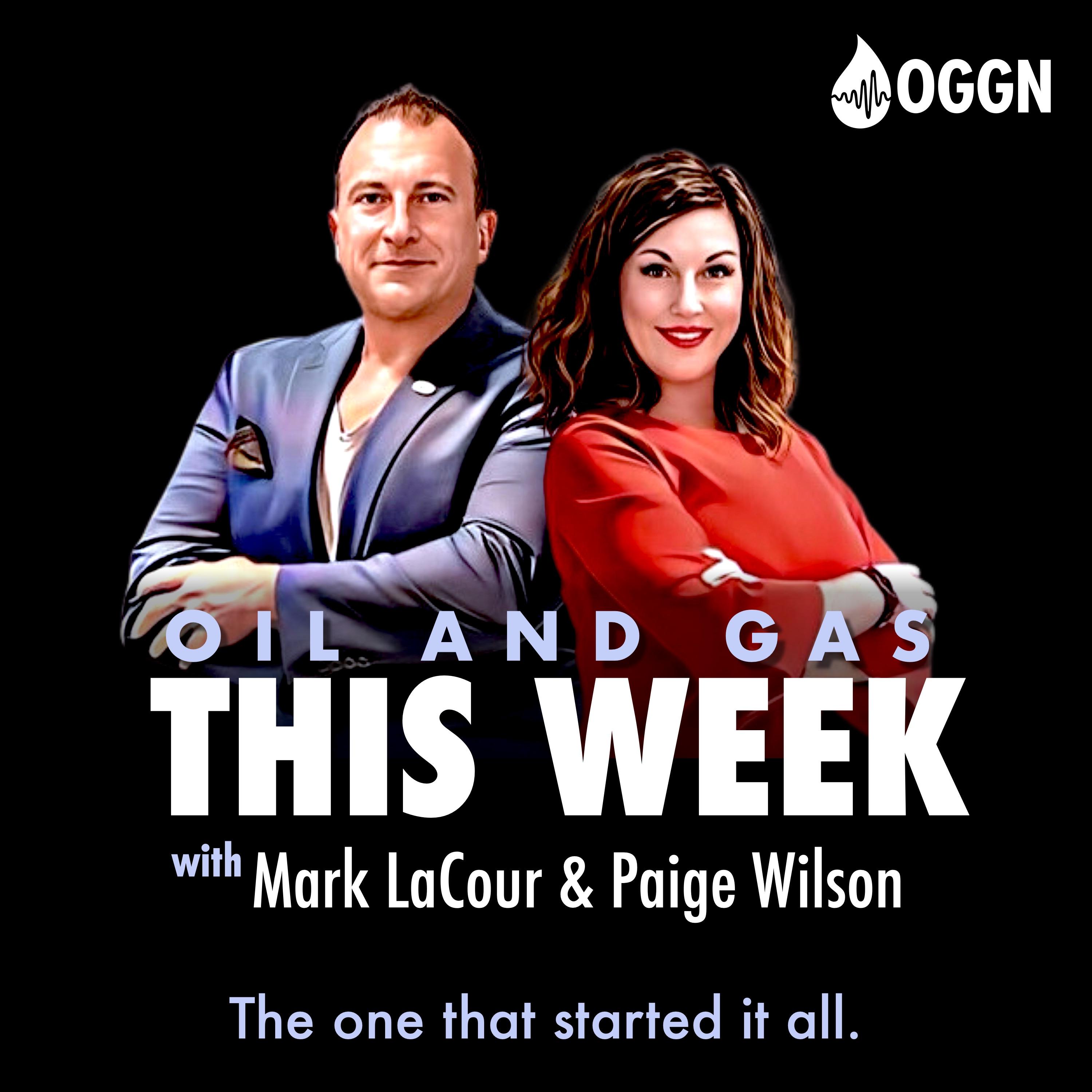
The Crude Cast
Welcome to The Crude Cast, the podcast that takes you behind the scenes of the oil and gas industry. Whether you're a seasoned professional or exploring the industry for the first time, our podcast offers a unique window into the diverse roles, challenges, and opportunities within this dynamic field.
In each episode, we dive deep into:
- Expert Interviews: Conversations with industry leaders, innovators, and experts who share their knowledge and experiences on effective communication, teamwork, and leadership.
- Real-World Stories: Relatable accounts from the field that highlight the essential soft skills needed to thrive in the oil and gas sector.
- Educational Insights: Practical advice and strategies for improving collaboration, navigating tough conversations, and fostering a positive work environment.
- Industry Exploration: Discover the varied and often overlooked roles within the industry, and gain insights into how each contributes to the broader picture.
Our mission is to educate, inspire, and entertain by showcasing the people and processes that make the oil and gas industry tick. Whether you're looking to sharpen your skills, learn about new opportunities, or simply enjoy engaging stories, The Crude Cast has something for you.
Subscribe and join us on this journey as we uncover the rich tapestry of the oil and gas world, one story at a time.
The Crude Cast
Ep. #17 - Effective Signage in Oil and Gas
Uncover the art of effective signage in the oil and gas industry in our latest blog post conclusion. Learn how clarity, visibility, and strategic placement can elevate safety and streamline operations. Explore the silent power of signs as unsung heroes in guiding professionals with confidence through high-stakes work environments.
Visit:
🌐 www.crudecommunication.com
📺 www.youtube.com/@crudecommunication
💼 www.linkedin.com/in/travismcc
📖 Buy Crude Communication on Amazon
Send us a voice mail HERE!
Support the show for as little as 3$!
In the oil and gas industry, where safety is paramount, effective signage is a silent yet powerful and mandatory tool. These signs not only communicate crucial information but also contribute to streamlined operations and enhanced efficiency. Crafting signs tailored to the unique demands of this industry is an art that holds the key to a safer, more efficient workplace.
Keep reading to learn more about how to manage signage in the workplace to improve performance and prevent dangers.
Clarity in Complexity
Oil and gas operations are intricate, with numerous processes and potential hazards. Effective signs cut through this complexity, delivering clear messages at a glance. Whether conveying hazard warnings, emergency evacuation routes, or safety protocols, the use of standardized symbols and recognizable imagery ensures universal understanding across diverse teams.
Visibility Amidst Challenges
The industry's operations span diverse environments, from offshore platforms to onshore facilities, each presenting distinct challenges. Signs must be visible under varying lighting conditions, weather scenarios, and distances. High-contrast colors and durable, weather-resistant materials guarantee visibility, ensuring signs remain effective despite exposure to harsh elements. Would you need a sign to be highly reflective offshore vs onshore, where access and familiarity is different? Are you trenching across the pad may require re-routing instructions. While signs such as, “Do not open, working on other side” may be more relevant.
Legibility as a Prior
In an industry where split-second decisions matter, the legibility of signs is non-negotiable. Selecting appropriate font sizes, styles, and colors is fundamental. Attention to contrast between text and background is vital for quick reading. Signs that are easily readable contribute to a safer and more efficient work environment. Signs may also be required for PPE. Check with your safety personnel.
Relevance to the Workforce
An effective sign in the oil and gas industry must resonate with its intended audience – the workforce. Remember when you briefly discussed the secondary muster area. There is a sign for that. Whether providing safety guidelines, operational procedures, or emergency response protocols, the information must be relevant to those who encounter the signs daily. New to the facility? You need to wear double hearing protection in this compressor building. There is a sign for that. A well-informed workforce is a safer workforce, and signs play a pivotal role in achieving this alignment. This equipment starts automatically. There is a sign for that.
Compliance with Industry Standard
Safety is a top priority, and compliance with industry standards is non-negotiable. Signs conveying safety information, hazard warnings, or regulatory directives must adhere to established standards. This ensures that the information is accurate, up-to-date, and in line with legal requirements.
Strategic Placement for Impact
The strategic placement of signs is as important as their design. Understanding the flow of personnel and vehicles in the operational environment helps determine optimal sign placement. Eye-level visibility, line of sight, and proximity to potential hazard zones are crucial considerations. Signs strategically positioned contribute to a safer workplace by providing timely information where it matters most.
Strategic placement also ensures that all personnel are held accountable for adhering to the warnings and guidelines communicated through the signs. It is not uncommon for employees to pass by and ignore signs, but strategic placement can ensure they see it without effort. Placing signs along common driving routes and entry ways to buildings.
Continuous Improvement through Feedbac
In the ever-evolving landscape of the oil and gas industry, feedback loops are invaluable. Before finalizing sign designs, testing and obtaining feedback from the workforce can uncover potential improvements. Regular assessments of the effectiveness of existing signs contribute to a culture of continuous improvement, ensuring that safety communication remains dynamic and responsive to the evolving needs of the industry. Discuss with multiple parts of a team about how the verbiage of a sign should be spelled out. What do you call it? Are you the only one who calls it that? Should we lean technical or more common. All considerations when you consider facility signage.
Conclusion
In conclusion, effective signage in the oil and gas industry is an intricate dance between clarity, visibility, legibility, relevance, compliance, and strategic placement. By mastering this art, organizations can enhance safety, streamline operations, and foster a culture of informed decision-making that is vital in this high-stakes sector. Signs, in their silent yet powerful language, become the unsung heroes in ensuring that everyone in the oil and gas industry navigates their work environment with confidence and safety at the forefront.
Podcasts we love
Check out these other fine podcasts recommended by us, not an algorithm.

Oil and Gas This Week
Mark LaCour & Paige Wilson
Barn Talk
Tork and Sawyer Whisler
Markley, van Camp and Robbins
Alpha Media
Fresh Cut Grass
Penn State Extension
The Rick Shiels Golf Show
Rick Shiels, Guy Charnock
Truth For Life Daily Program
letters@truthforlife.org (Alistair Begg)
Bellied Up
You Betcha Guy & Charlie Berens
